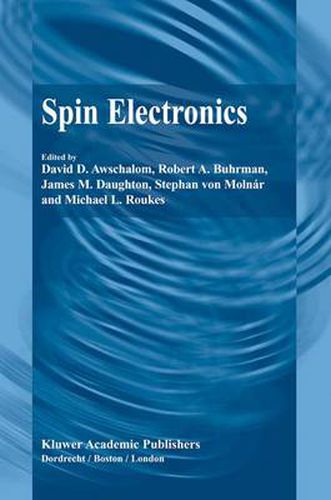Readings Newsletter
Become a Readings Member to make your shopping experience even easier.
Sign in or sign up for free!
You’re not far away from qualifying for FREE standard shipping within Australia
You’ve qualified for FREE standard shipping within Australia
The cart is loading…






This title is printed to order. This book may have been self-published. If so, we cannot guarantee the quality of the content. In the main most books will have gone through the editing process however some may not. We therefore suggest that you be aware of this before ordering this book. If in doubt check either the author or publisher’s details as we are unable to accept any returns unless they are faulty. Please contact us if you have any questions.
The history of scientific research and technological development is replete with examples of breakthroughs that have advanced the frontiers of knowledge, but seldom does it record events that constitute paradigm shifts in broad areas of intellectual pursuit. One notable exception, however, is that of spin electronics (also called spintronics, magnetoelectronics or magnetronics), wherein information is carried by electron spin in addition to, or in place of, electron charge. It is now well established in scientific and engineering communities that Moore’s Law, having been an excellent predictor of integrated circuit density and computer performance since the 1970s, now faces great challenges as the scale of electronic devices has been reduced to the level where quantum effects become significant factors in device operation. Electron spin is one such effect that offers the opportunity to continue the gains predicted by Moore’s Law, by taking advantage of the confluence of magnetics and semiconductor electronics in the newly emerging discipline of spin electronics. From a fundamental viewpoine, spin-polarization transport in a material occurs when there is an imbalance of spin populations at the Fermi energy. In ferromagnetic metals this imbalance results from a shift in the energy states available to spin-up and spin-down electrons. In practical applications, a ferromagnetic metal may be used as a source of spin-polarized electronics to be injected into a semiconductor, a superconductor or a normal metal, or to tunnel through an insulating barrier.
$9.00 standard shipping within Australia
FREE standard shipping within Australia for orders over $100.00
Express & International shipping calculated at checkout
This title is printed to order. This book may have been self-published. If so, we cannot guarantee the quality of the content. In the main most books will have gone through the editing process however some may not. We therefore suggest that you be aware of this before ordering this book. If in doubt check either the author or publisher’s details as we are unable to accept any returns unless they are faulty. Please contact us if you have any questions.
The history of scientific research and technological development is replete with examples of breakthroughs that have advanced the frontiers of knowledge, but seldom does it record events that constitute paradigm shifts in broad areas of intellectual pursuit. One notable exception, however, is that of spin electronics (also called spintronics, magnetoelectronics or magnetronics), wherein information is carried by electron spin in addition to, or in place of, electron charge. It is now well established in scientific and engineering communities that Moore’s Law, having been an excellent predictor of integrated circuit density and computer performance since the 1970s, now faces great challenges as the scale of electronic devices has been reduced to the level where quantum effects become significant factors in device operation. Electron spin is one such effect that offers the opportunity to continue the gains predicted by Moore’s Law, by taking advantage of the confluence of magnetics and semiconductor electronics in the newly emerging discipline of spin electronics. From a fundamental viewpoine, spin-polarization transport in a material occurs when there is an imbalance of spin populations at the Fermi energy. In ferromagnetic metals this imbalance results from a shift in the energy states available to spin-up and spin-down electrons. In practical applications, a ferromagnetic metal may be used as a source of spin-polarized electronics to be injected into a semiconductor, a superconductor or a normal metal, or to tunnel through an insulating barrier.